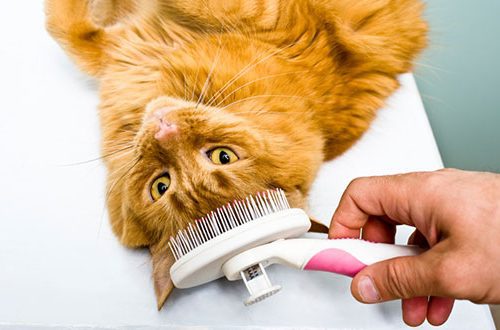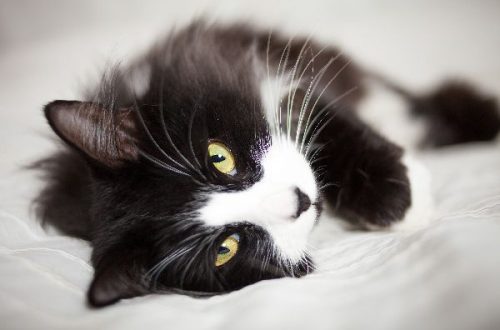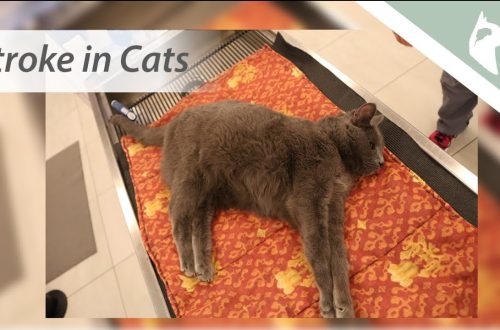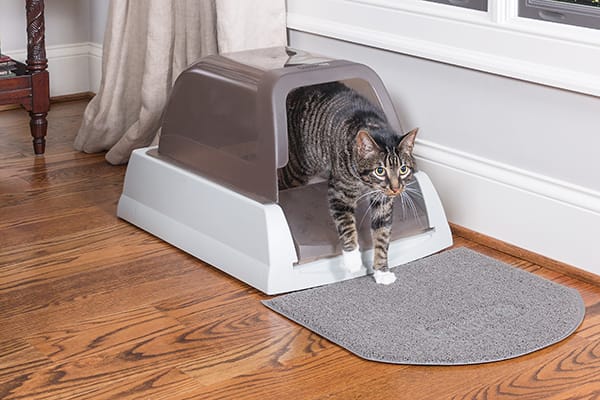
How to choose cat litter
There are so many types of cat litter on the market today that choosing the right one can be a daunting task. What to put in the cat tray so that the pet goes to the toilet with pleasure? How to choose a cat litter?
The best choice for a cat is a litter that she likes and uses. It is equally important to choose one that will be convenient for the owner to clean.
Contents
Factors to take into account
Before getting a new cat or trying out a new type of litter for a cat that already lives at home, it’s a good idea to talk to your veterinarian ahead of time and get their advice. Then you should think about the characteristics of the filling, including texture, absorbency and ease of use.
As the ASPCA points out, texture is especially important because cats are sensitive to how the stuffing feels on their paws. If the pet does not like what is in her toilet, she will find another place to do her business. It can be houseplants, carpet, and sometimes even the owner’s bed.
Types of cat litter
Cat litters available on the market vary in consistency, clumping ability, and flavor.
The choice of consistency
clay fillers
There are two types of clay cat litter: absorbent and clumping. Clay-based absorbent cat litter was first introduced to the market in 1947. In the 1980s, the first clumping litter was developed. Before that, cat owners used sand – which is why cats can’t resist an open children’s sandbox. “Most cats prefer fine-grained clay litter to other types,” explains Pam Perry, a feline behavioral specialist at Cornell University’s College of Veterinary Medicine. Clay pellets are similar to the soft soil or sand that cats use in the wild. Both absorbent and clumping litter can generate dust, but some types of clay litter are specially formulated to eliminate this problem.
 Silica gel filler
Silica gel filler
What is silica gel for cats? It’s filled with clear silica gel, similar to the little sachet clear balls you find in a new shoe box. It has a crystalline structure and is more expensive than other types of cat litter. But it absorbs moisture well, creates less dust than other materials, and actively cleans the cat litter box. This is very convenient for both animals and their owners.
Rough crystals may not be to your cat’s liking, but stores offer fillings with smoother crystals that resemble pearls. Like absorbent clay litter, silica gel can absorb moisture, causing urine to pool in the tray. In addition, silica gel litter should not be used if the pet has a habit of eating feces. Silica gel can be toxic if swallowed by a cat, dog, or other pet that enjoys playing with the contents of the litter box.
Other natural materials
There are many natural alternatives to traditional clay litter, including paper, pine, wheat, nutshells, and corn. As noted by International Cat Care, “many of them are light in weight, biodegradable and have excellent odor neutralizing properties,” making them preferred options. For people and cats with environmental allergies and asthma, many natural types of litter, particularly walnut shell litter, are available in kibble form. Others, such as those made from corn kernels, clump, reduce the amount of dust rising from the litter into the air and the pellets scattered around the house. However, if a family member or cat has a food allergy or intolerance, you should read ingredient labels carefully to make sure the litter is safe to use.
Clumping or absorbent fillers
Absorbent fillers
Absorbent fillers are popular due to their affordability. You can buy a huge bag for little money – and it perfectly absorbs urine and odors. When using absorbent clay litter, your cat will be less likely to scatter litter around the house because the larger litter doesn’t cling to their paws. One disadvantage of absorbent padding is that it requires a complete replacement at least once a week. Otherwise, the filler is saturated with moisture and urine begins to accumulate at the bottom of the tray.
Filling filler
Clumping clay litter is more expensive than absorbent litter but is popular with pet owners due to its ease of use. When interacting with moisture, the filler particles form dense lumps, which are then easily removed with a scoop. Since urine does not accumulate in a clumping tray, cleaning the tray and completely replacing its contents is usually done no more than once a month.
When choosing a litter for a kitten’s tray, its clumping type should be avoided. Curious kittens often eat their own feces, play in the litter box, and lick litter particles off their paws. Clumping filler, absorbing moisture, expands, and if the kitten swallows such a lump, it can cause intestinal blockage. According to Cat Health’s recommendation, it’s wiser to play it safe and avoid clumping kitten litter until they outgrow their childish antics.
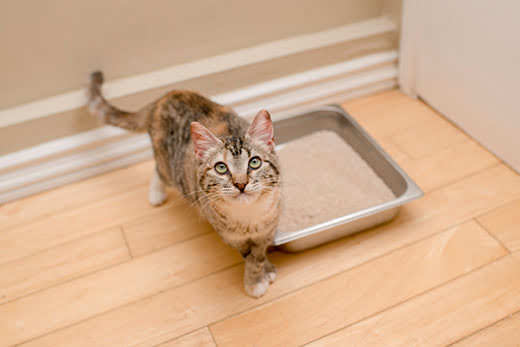 A rule of thumb is not to use clumpy litter for cats that eat their own feces. If the pet has been seen doing this, you should contact your veterinarian.
A rule of thumb is not to use clumpy litter for cats that eat their own feces. If the pet has been seen doing this, you should contact your veterinarian.
Flavored fillers or unscented fillers
If the litter box smells like freshly cut lavender, the scent can irritate your cat’s sensitive sense of smell. A pet has about 200 million olfactory receptors, while a human has only about 5 million. This is what makes our pets much more sensitive to smells. But cat litter containing baking soda or charcoal does not bother them too much.
Instead of opting for scented products, eliminate odors by cleaning the litter box at least once a day, or more often if there are multiple cats in the home. It is also necessary to change the filler completely about once a week and wash the tray with water and baking soda or unscented dishwashing detergent. Do not wash the litter box with chemical cleaners or disinfectants, as many of these are toxic to cats. You can put a thin layer of baking soda on the bottom of the tray and sprinkle clean litter on top to help absorb the odor.
A convenient way to try several fillers at the same time is to set up several trays with different types of fillers. So you can check which of them your furry friend will like best. Because many pets are sensitive to the smell and texture of new litter, it is important to monitor your cat’s behavior in the litter box while she “tests” the new litter. If she starts urinating outside the tray, you should try a different type. If these problems persist, you should speak with your veterinarian to discuss the health of your cat’s urinary system.



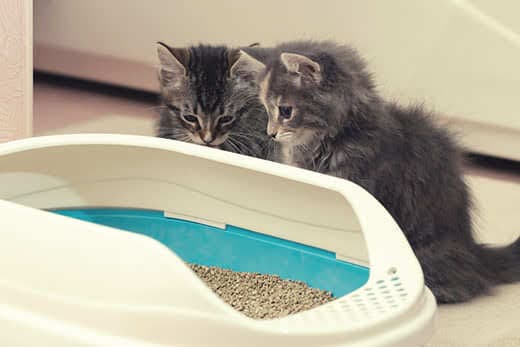 Silica gel filler
Silica gel filler